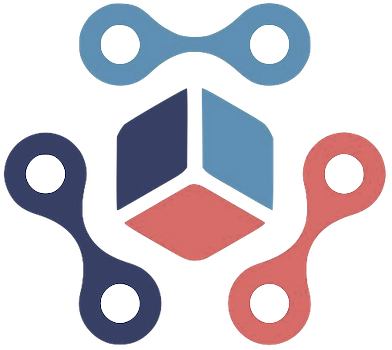In the rapidly evolving world of PC hardware, there’s an intoxicating allure to constantly chase the latest and greatest. Graphics cards, processors, and other components seem to be perpetually on an upward trajectory, promising marginal gains that excite enthusiasts and gamers alike. However, a deeper look reveals that loyalty to older technology may not only be prudent but also strategically advantageous. When figures like Linux developer Linus Torvalds continue to operate effectively with aging hardware—such as his Radeon RX 580—it prompts us to question whether the obsession with immediate upgrades is more about hype than necessity. Torvalds’s choice underscores a fundamental truth: high-performing, reliable hardware doesn’t have to be fresh off the assembly line to serve one’s needs efficiently.
Performance That Defies Its Age
The Radeon RX 580, launched in 2017 at an attractive price point of $229, has long been celebrated for its capacity to deliver solid gaming and creative performance, even years after its debut. Back then, it was exemplary for its 8 GB of GDDR5 memory and commendable DirectX 12 performance, promising a quality gaming experience at an accessible cost. Despite being built on the 14 nm process technology, the RX 580 has aged well enough to remain relevant in certain creative and less demanding gaming contexts. Its presence in Linus Torvalds’s setup—paired with a high-end Intel i9 processor and a 5K monitor—illustrates that high-end productivity work and current-generation gaming are often achievable without constantly chasing bleeding-edge hardware.
Contrasting this with newer GPUs like Nvidia’s RTX 5050, which boasts 8 GB of GDDR6 memory, higher clock speeds, and more advanced features such as RT units and tensor cores, underscores the fact that raw specifications aren’t the sole determinants of usefulness. Older cards, when paired with compatible systems and appropriate workloads, offer a surprising longevity that defies the hype surrounding recent hardware launches. Moreover, the RX 580’s support for open-source drivers makes it uniquely appealing within the Linux ecosystem, offering stability and transparency that newer closed-source offerings might lack.
Practicality Over Progress for Many Enthusiasts
Choosing to maintain an older graphics card like the RX 580 isn’t merely a matter of cost-saving; it could be a strategic move rooted in practicality and stability. For casual gamers or professionals working within Linux, the focus often shifts from peak performance to reliability and ease of maintenance. As Linus Torvalds’s setup indicates, a powerful workstation doesn’t necessitate bleeding-edge components. Instead, it emphasizes consistency, known performance benchmarks, and assured driver support.
Furthermore, this approach exemplifies a mindset resistant to constant upgrade cycles, favoring instead a slower, more thoughtful engagement with technology. It demonstrates that investing in high-quality, proven hardware can be a sustainable and satisfying approach—akin to appreciating fine wine rather than rushing to ingest a trendy new vintage. The RX 580’s continued relevance reveals a nuanced understanding that technological obsolescence is often exaggerated and that longevity can be a strength, not a weakness.
Implications for the Future of Hardware Adoption
In an age obsessed with rapid innovation, Linus Torvalds’s choices deliver a refreshing reminder: progress doesn’t have to mean replacing your gear every season. While newer GPUs certainly push the boundaries of performance and feature sets, they also come with increased power consumption, higher costs, and, in the case of Linux, often more complex driver landscapes. The RX 580’s enduring efficiency and open-source friendliness illustrate that concepts like “aging gracefully” are valuable in evaluating hardware longevity and sustainability.
By sticking with reliable, tested components, users may reduce e-waste, lower costs, and maintain stable workflows. This approach encourages a reevaluation of what ‘performance’ truly entails—sometimes, it’s about consistent, dependable use over fleeting but flashy upgrades. Rather than falling prey to the latest marketing hype, enthusiasts could find themselves more satisfied and less stressed when they recognize that sometimes, “if it ain’t broke, don’t fix it” is not just an adage but a strategic philosophy.
In the end, the story of Linus Torvalds’s hardware highlights an essential truth: endurance, stability, and strategic patience can often outperform the fleeting allure of new technology, fostering a more sustainable and satisfying computing experience.

